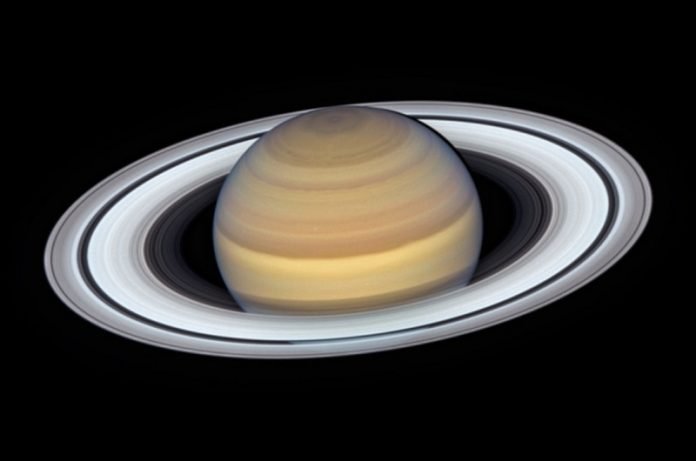
Nearly 40 years ago, scientists first predicted the existence of helium rain inside planets composed primarily of hydrogen and helium, such as Jupiter and Saturn.
But achieving the experimental conditions necessary to validate this hypothesis hasn’t been possible – until now.
In a paper published by Nature, scientists reveal experimental evidence to support this long-standing prediction, showing that helium rain is possible over a range of pressure and temperature conditions that mirror those expected to occur inside these giant gas planets.
“We discovered that helium rain is real, and can occur both in Jupiter and Saturn,” said Marius Millot, a physicist at Lawrence Livermore National Laboratory and co-author on the publication.
“This is important to help planetary scientists decipher how these planets formed and evolved, which is critical to understanding how the solar system formed.”
“Jupiter is especially interesting because it’s thought to have helped protect the inner-planet region where Earth formed,” said Raymond Jeanloz, co-author and professor of earth and planetary science and astronomy at UC Berkeley.
“We may be here because of Jupiter.”
The team used diamond anvil cells to compress a mixture of hydrogen and helium to 4 gigapascals (GPa), approximately 40,000 times Earth’s atmospheric pressure.
Then, they used 12 giant laser beams to launch strong shock waves in the mixture to further compress it to pressures of 60 to 180 GPa and heat it to several thousand degrees Celsius.
The hydrogen and helium separated under these conditions, demonstrating that helium could rain out of the hydrogen under conditions deep inside gas giant planets.
Written by Public Affairs.



